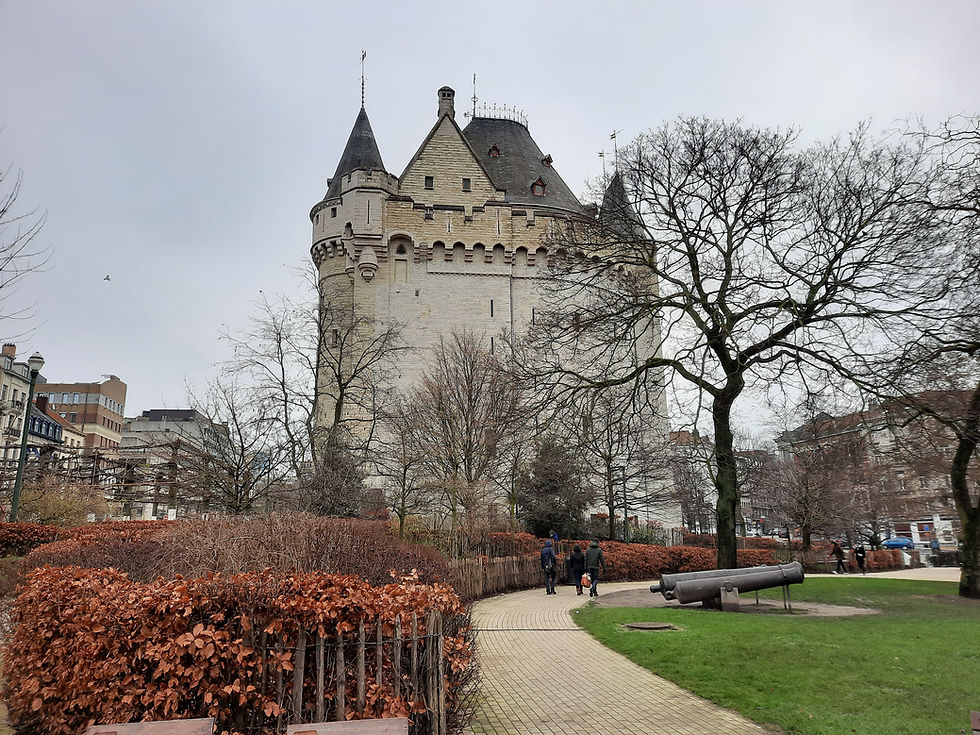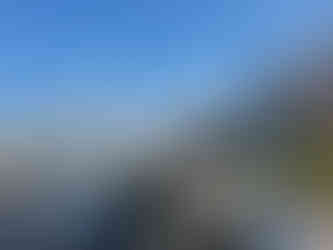Vicariousness… tea houses, two wars and hotels for one
- Crille Nielsen

- Jun 10, 2021
- 5 min read
Updated: Jul 2, 2021
Living vicariously means enjoying someone else’s life, as though it were your own. The thought that someone would want to live my life is of course ludicrous...
This vicariousness thought came to me as I contemplated how to capture some recent mini-trips without it seeming, sounding or in any way pretending that my life is more worthy of documenting than the next guy. It’s a rich seam for ridicule and it makes you wonder how the travel-writing genre has become so popular in the cynical world we inhabit.
It has nothing to do with ‘selfie-congratulatory’ diarists on the social media platform du jour. The travel writer is a time-honoured diarist. Today, the likes of Bill Bryson, Paul Theroux, Tony Wheeler or the late Bruce Chatwin take their readers to new worlds with new experiences.
Purists might say the earliest travel-writing comes from the ancient Greeks whose detailed accounts of battles predated war tourism and related travel-writing by centuries. Antiquity’s diarists typically recalled the travels and travails of the time in the spirit of Homer and others who assembled anthologies or cycles of stories that formed what we now know as the Iliad and Odyssey.
Travel writer Ailsa Ross credits a Japanese noblewoman, Lady Sarashina, for penning the first richly descriptive travel writing which came to define the genre. It was different from the much earlier claimant to the title, the third-century Greek geographer Pausanias, who arguably wrote the first travel guide on Greece.
There was nothing ‘useful’ or guide-like about Sarashina’s reflections and poems, according to Ross in her review on Fodors, the American travel publisher. Sarashina wrote about “mist-shrouded moons and the rustling of bamboo leaves” that made her surroundings come to life more as travel literature. Ross says that Japanese high school students still read tales of her 11th century adventures, As I Crossed a Bridge of Dreams, even today.
Some say another worthy entrant to the travel writer’s pantheon is Petrarch’s documented ascent of Mount Ventoux in 1336 as an early example of travel writing for its own sake.
Bruce Chatwin famously preferred to be called a storyteller than a travel writer. On this basis, non-purists could argue travel writing or ‘storytelling’ in its basic form started much earlier, before languages had fully formed. Cave drawings dating back tens of thousands of years in Australia and Indonesia can still be read by those who understand their symbolic meaning.
Indeed, what is a traveller’s tales told throughout the ages if it is not travel writing, as we may know it. The winners and losers of battles, the spoils and riches brought back as trophies, the exotic peoples and creatures encountered along the way. Stories are writ large in all manner of ancient formats, from carved runic tablets to woven tapestries.
That being said…
My humble ramblings (by foot and pen) of late have taken me not to Patagonia or in search of Aboriginal Song Lines, not to the humming tropics of the Amazon or the mouth of the Congo River, not even to the small island across the North Sea that Bill Bryson so charmingly captured. No, under Covid my range has been ringed somewhat by the Belgian borders. But fortunate I may call myself because in this compact country package lies and perhaps lurks a rich stew of cultures, historical quirks (ancient and more recent), great food (albeit taken at a table for one in my room) and great storytelling.
Does anyone care about these experiences? Well, that takes us back to the vicarious delusions of the travel-writing genre. And the answer may well be: ‘No!’ or indeed ‘Who cares?’
Half of the pleasure of going somewhere else, being somewhere new is to be able to see how you fit in a different picture. Away from the usual faces, away from predictability and far from quotidian worries.
Vicariously as you like, enjoy a little photographic diary of my recent outings, from museum-cum-tea houses to war sites, via hotels for one…
I started the excursions close to home, as far as Covid restrictions allowed within Brussels late 2020 and early 2021. I visited museums like this one at Porte de Hal, a medieval fortified city gate built in 1381 and recognised as the last substantial vestige of the outer walls of Brussels. I also went underground for a taste of 16th century Brussels in what remains of Charles V’s Coudenberg Palace, and revisited the Art and History Museum and the Royal Museum of the Armed Forces and Military History. But restlessness kicked in so I headed out of the city, and the first stop was the Belgian Ardennes.

That drive east took me to Saint-Hubert, where I spent days writing, cycling and visiting sites in the neighbourhood including Redu, the book village, Forneau Saint-Michel open air museum of agricultural/folk life and accompanying iron museum. Other photos show the towering Basilica and Abbey of Saint-Hubert, a plaque commemorating General Patton’s 87th infantry in its push to liberate Europe after D-Day and a restored tank in the Bastogne Barracks, marking the fierce Battle of the Bulge months later, plus a view from my little room in Saint-Hubert... the only guest for two nights. Read about Ernest Hemingway's Saint-Hubert moment on Chronikler.
Next outing took me west in the direction of Nieuwpoort , a medieval Flemish town and coastal resort overlooking the North Sea. Perched at the intersection of several canals, locks and the inlet of the Yser River sits King Albert I Monument with its imposing columns. Beneath it you find the Westfront Nieuwpoort visitor centre with a massive panorama projection of Alfred Bastien's painting depicting the 1914 Battle of the Yser. A stroll along the cobbled main street of the town takes you to the OL Vrouwekerk (church) rebuilt in Gothic style after WWI, and a quirky version of a double-decker bus next to it! Hotel Martinique made me very welcome and provided a special breakfast buffet for one to my door. Three days, four museums, two bike rides including one along the canal to see Diksmuide and the Yser Tower, a monument to post-WWI pacifism and later the Flemish Movement... Other photos show Talbot House museum garden, a WWI soldier's retreat and tea house in Poperinge, the Raversyde Atlantikwall open air trench network and defence system used in both WWI and WWII by the Germans, the For Freedom Museum's private collection of mostly Canadian D-Day memorabilia and stories and... what else? I can't remember.
But it was definitely refreshing and I hope readers enjoy it in all its vicarious wonder.
All excursions and activities respected the regulations of the time and safety protocols in place in each establishment.
All photos by author Christian Nielsen except the garden of Talbot House attributed to CC BY-SA 3.0.





































link link link link link link link link link link link link link link link link link link link link link link link link link link link link link link link link link link link link link link link link link link link link link link link link link link link link link link link link link link link link link link link link link link link link link link link link link link link link link link link link link link link link link link link link link link link link link link link link link link link link link link link link link link link link link link link link